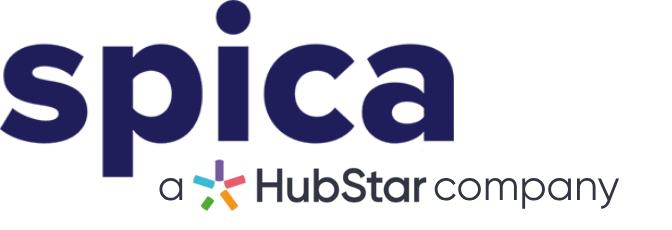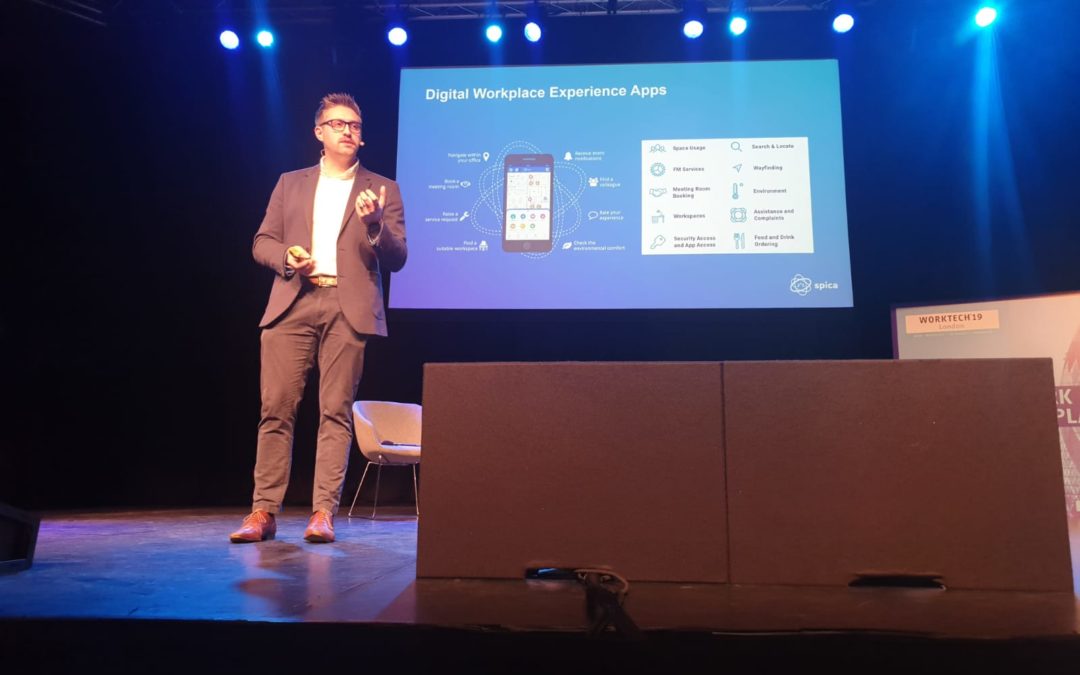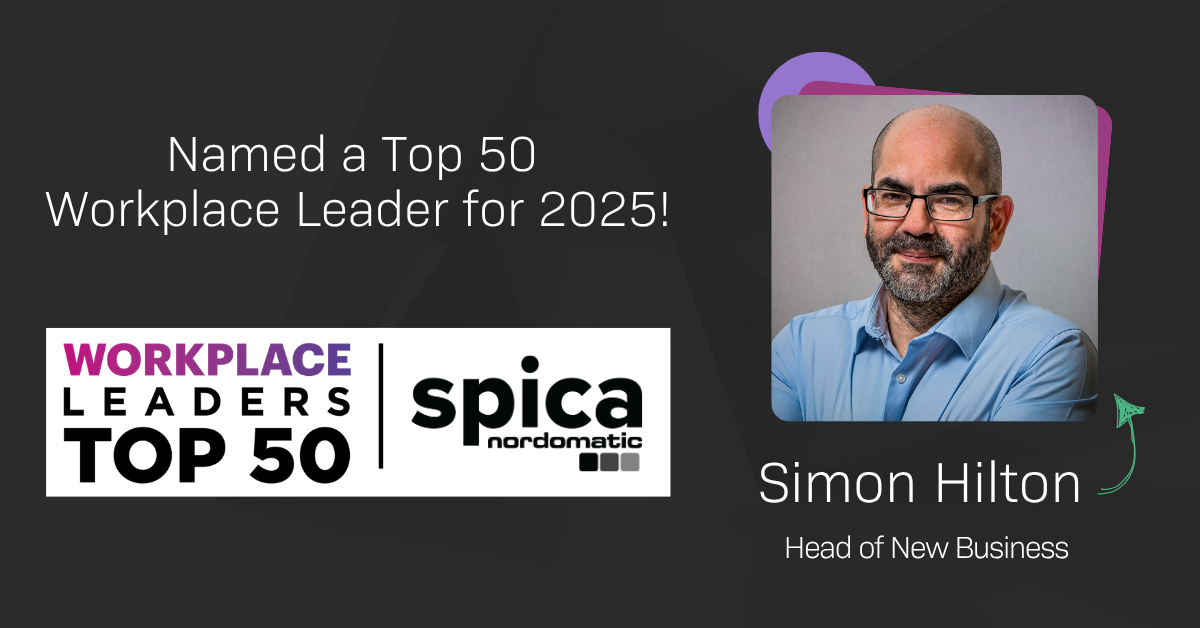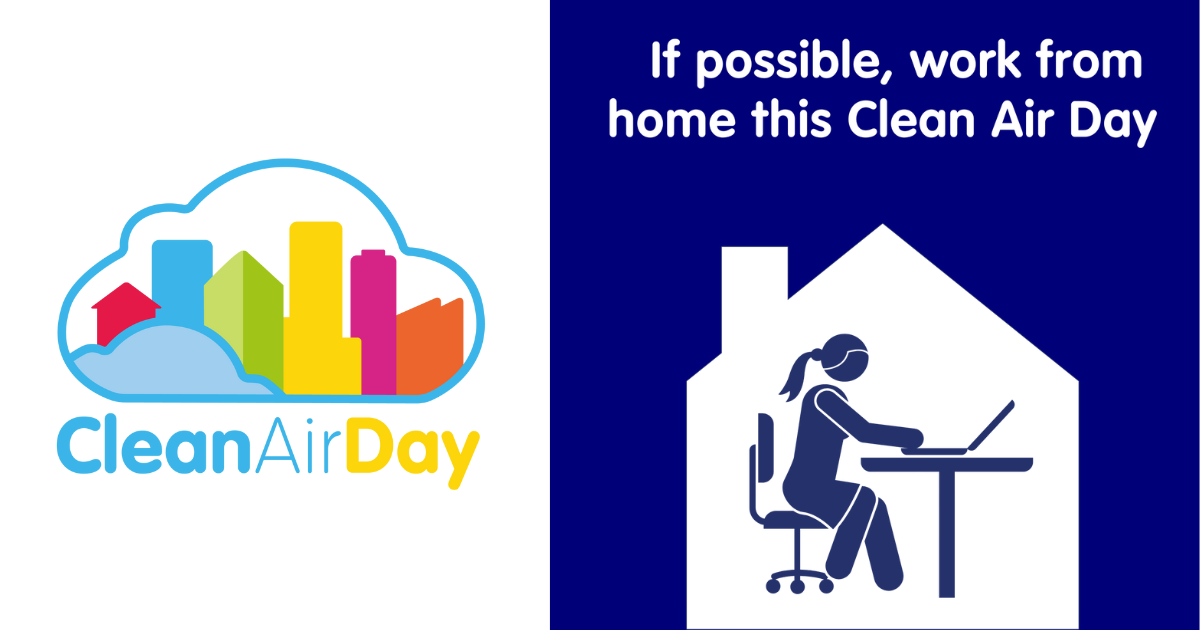Spica recently attended the WorkTech19 London event. Held at the Southbank Centre; it is the fastest growing forum for all those involved in the future of work and the workplace as well as real estate, technology and innovation. Spica joined over 320 senior professionals to listen to global thought leaders and share best practice and expertise. Our very own Global Account Manager, Alex Moon was indeed one of the speakers.
There was a very definite common theme in that it was becoming clear, that the digital transformation of property and buildings is rapidly becoming focused on the people using and working within those physical spaces. For a lot of organisations 90% of operational cost are typically people centric with staff costs, salaries and benefits. What we are noticing is that businesses are increasingly turning to Digital Workplace solutions as a key strategy to boosting productivity, talent attraction and retention and improving health and wellbeing at work.
The conversation has definitely moved on from space utilisation and optimisation. However, this does throw up an interesting conundrum in that, with space utilisation it is easier to measure ROI. Procure the technology and after time, through analysis of the data you may be able to consolidate estate, improve desk ratio’s or even sublet space. After all, average square feet per employee has reduced significantly in just the last 10 years. However, measuring ROI on productivity is a more complex calculation and digital solutions in isolation cannot not provide that boost alone. Getting buy in from board level stakeholders becomes a little trickier when cold calculated figures become more difficult to present.
What we do know from numerous studies is that workplaces with high levels of productivity, pride and a sense of community, consistently deliver more supportive, immersive and pleasurable experiences. Any tools that enhance these areas such as saving employees time on non-productive tasks, encouraging collaboration, supporting activity-based working and generally reducing workplace friction have to be a sound investment.
Also measurement tools do exist that can measure physiology in the workplace, posture, cognitive performance and environmental conditions to name a few. For any company engaged with Leesman, any improvement in the index score is also a pretty good indicator. Therefore, there is more science and metrics behind it than people tend to realise.
From the questions that came in from the audience it is clear that there is still an element of fear of the unknown, that they not the right type of organisation for those types of solutions, these are just still POC solutions, or surely the next generation of tech will be superior. And for me this was a key takeaway perfectly highlighted from one of the speakers. If you are not careful ROI could really represent Risk Of Inaction for your organisation.
Any organisation that utilises digital tools which help put the employee at the centre of their leadership strategy will remain future fit and have an engaged and productive workforce.













